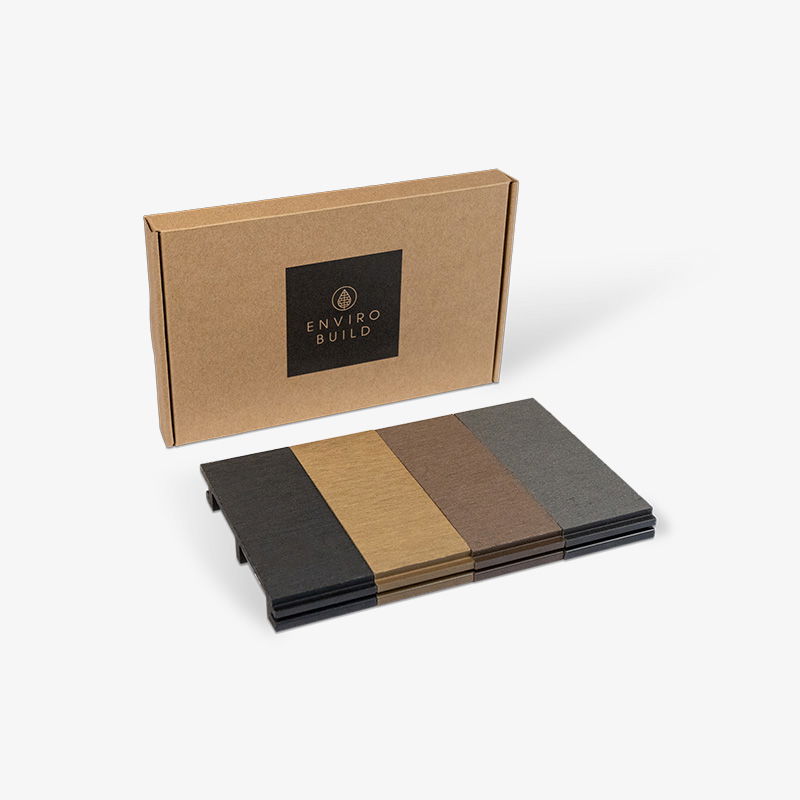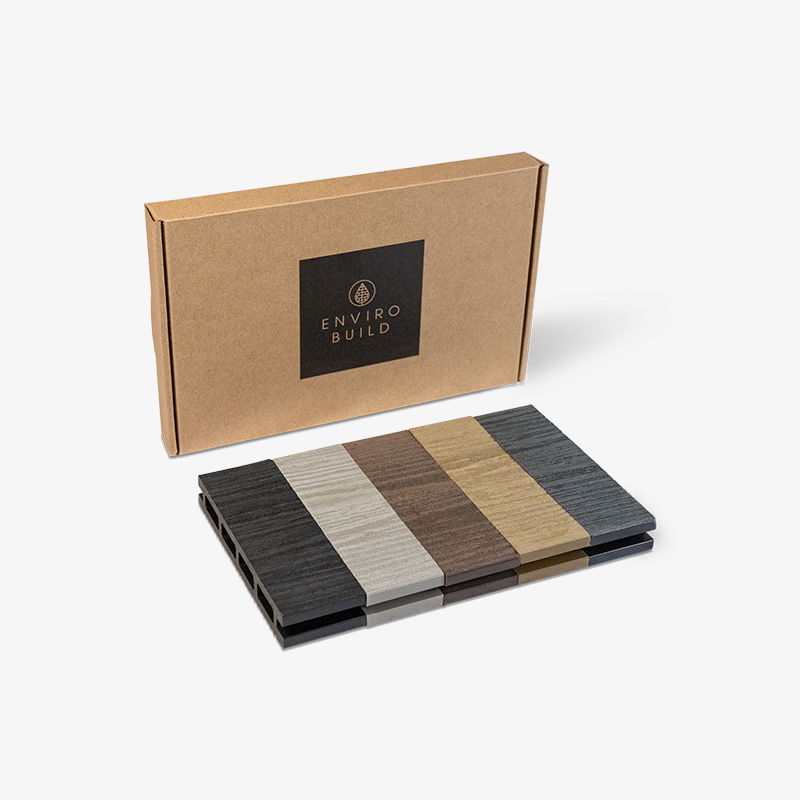The Best Time of the Year to Install Composite Decking
Installing composite decking can completely transform an outdoor space, but choosing when to build it can have a big impact on the final finish and long-term performance.
While high-quality composite decking is far more stable than timber and can technically be installed year-round, temperature, moisture and site conditions all play a role in achieving a precise, professional installation.

Author Name
Chief Writer
Thu, 28 Jul 2026

This guide explores the best time of the year to install composite decking in the UK, the benefits of seasonal timing and practical tips for every season.
Why Timing Matters for Decking Installation
Composite decking is engineered from a mix of recycled wood fibres and plastic, creating a durable, low-maintenance material that doesn’t rot, warp or splinter. However, like all materials, it expands slightly in warm temperatures and contracts slightly in cold ones.
Planning your installation around moderate, predictable conditions ensures:
Consistent board spacing for a smooth, professional look.
Accurate cutting and fixing, without thermal distortion.
Safe, efficient installation, with less risk of slippery or wet conditions.
The Best Seasons for Installing Composite Cladding
Spring: The Ideal Time to Install Composite Decking
Spring is widely considered the best time of year to install composite decking in the UK.
Temperatures are typically mild and stable.
The ground is soft enough for levelling but not waterlogged.
Rainfall begins to decrease after winter, creating ideal working conditions.
Spring installations also allow plenty of time to enjoy the deck throughout summer. The boards acclimatise in mild conditions, reducing stress on fixings and ensuring perfect alignment. However, the popularity of springtime for home improvement projects runs the risk of increased demand for contractors and can results in scheduling issues and possibly increased costs
Tip: Allow decking materials to acclimatise outdoors (but out of direct rain) for 24–48 hours before installation to stabilise their temperature and moisture levels.
Summer: Great for Dry Conditions
Summer is another popular time for decking projects thanks to dry, extended days and optimal outdoor working conditions.
However, warm temperatures and strong sunlight can cause slight thermal expansion in composite boards, so installers should:
Avoid working during the hottest part of the day.
Keep materials shaded until use.
Maintain manufacturer recommended expansion gaps.
Installing your deck in spring or early summer ensures it’s ready for use during the warmest months when you want to enjoy the outdoors the most. If installed correctly, a summer deck will settle beautifully, providing instant usability for outdoor dining, entertaining and relaxation.
Tip: Always measure and fix boards in their actual temperature condition, boards exposed to direct sunlight for long periods may lengthen slightly, affecting spacing accuracy.
Autumn: Reliable Conditions and Project Flexibility
Autumn is another excellent window for installing composite decking, particularly in early autumn before heavy rain and frost set in.
Advantages:
Cooler but stable temperatures make handling materials easier.
Less site congestion compared with peak summer months.
Ideal timing for property developers or renovators aiming to finish projects before winter.
By completing installation in autumn, the deck has time to stabilise before exposure to colder, wetter conditions, ensuring it’s ready for use the following spring.
Pro Tip: Keep the site free of falling leaves and debris during installation to avoid staining or obstruction under fixings.
Winter: Possible, but Requires Extra Care
Although winter isn’t ideal, composite decking can still be installed successfully with proper preparation.
Challenges include:
Cold temperatures reducing flexibility in boards.
Wet or icy surfaces creating slip risks.
Limited daylight hours for outdoor work.
If winter installation is unavoidable:
Check the ambient temperature before starting.
Store boards in a dry, sheltered space to prevent frost exposure.
Ensure the substructure is dry, level and secure.
Composite decking’s resistance to moisture means it performs far better than timber in winter conditions, but the installation process itself demands caution. During the winter months, demand for composite decking installation typically decreases, providing contractors with more flexibility in their schedules.
The Benefits of Planning Ahead
Installing composite decking at the right time of year means:
Fewer weather delays.
Easier handling and cutting.
Long-lasting, dimensionally stable results.
Readiness for seasonal use (spring or summer).
Useful Tips When Installing Composite Decking
Thermal Expansion Gaps
When installing composite decking boards in the UK, it’s crucial to leave a thermal expansion gap between boards. Composite materials expand and contract with temperature changes. Without proper spacing, composite board decking can buckle in warmer weather. Refer to our composite decking installation guide for the correct expansion gap measurements.
Protecting Plants and Gardens
Construction can be tough on your garden, often disrupting the delicate balance of nature you've cultivated. One effective way to mitigate this impact is by installing your garden composite decking during the colder months when plants are dormant and less susceptible to damage. This strategic timing can help protect your garden from the chaos of construction activities.
By allowing your garden to rest during this period, you give it the necessary time to recover and flourish so that by the time spring arrives, your outdoor space will be rejuvenated and vibrant, ready to welcome the warmth and beauty of the new season.
Choosing the Right Tools and Materials
Selecting the right tools and materials is essential for a successful composite decking installation. Ensure that you have all the necessary equipment, such as a saw with a fine-toothed blade, hidden fasteners and stainless steel screws to prevent corrosion. Additionally, using high-quality composite decking materials that are specifically designed for UK climates will enhance the durability and longevity of your deck.
Timing for a Perfect Finish
While composite decking can be installed all year round, spring and early autumn offer the best balance of temperature, daylight and dryness for reliable installation in the UK.
During autumn and winter it may be easier to find a contractor with flexibility in their schedule. Also, with fewer outdoor activities occurring, there is less disruption to your daily, allowing workers to focus on renovations, repairs or new builds without interfering with your routine.
By planning your project around mild weather, and following best practices for acclimatisation, spacing and substructure preparation, you’ll achieve a clean, stable and long-lasting deck.







